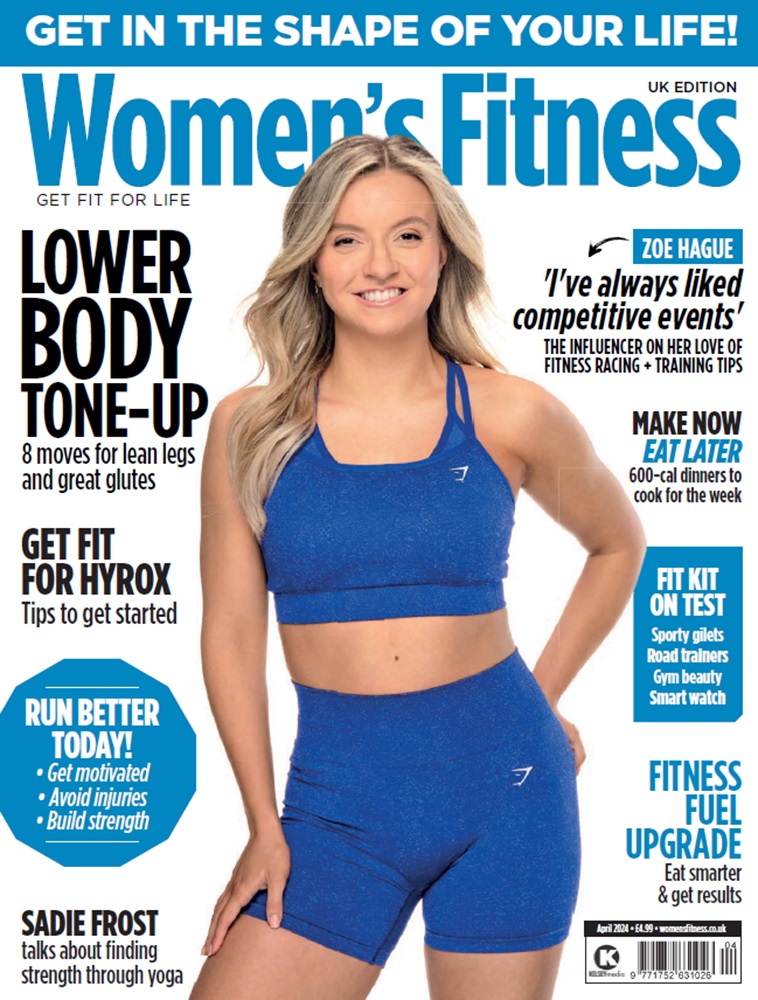Running was your remedy during lockdown and now you want to run a 5K. We show you how to go from couch to 5K in just six weeks. Or, if you’re already out running regular 5Ks, we’ve also got some great tips from UK running coach Wendy Rumble on shaving minutes off your time and getting a new 5K personal best…
Ready to run a 5K? In recent times, running has been a comfort for many of us. Figures from Sport England show that the number of Brits running outside increased by 731,000 during the first lockdown, while data from Asics’ Runkeeper app revealed a 44 per cent rise in monthly active users during April 2020. The reason for running is obvious – when exercise options were limited during the pandemic, it was a clear choice for keeping physically fit – but folk also reported taking up the sport to support good mental health. Indeed, a global Asics survey of 14,000 exercisers across 12 countries found that nearly eight out of 10 jogged to feel ‘saner and more in control’.
Clearly, the benefits of running are far-reaching, and they extend beyond whittling your waistline. In fact, science confirms that regular jogging can help prevent heart disease, type 2 diabetes and cancer, plus it can be liberating, too. ‘Running gives you the freedom to escape your home without much faff,’ adds Wendy Rumble, @thebuggycoach running expert. ‘Lace up, breathe in the fresh air and get some vitamin D while burning calories!’
Run a 5K in 6 weeks
Ready to run 3.1 miles? This 5K training plan from UK running coach Wendy Rumble will take you from beginner to 5K in just six weeks and on a mere three runs per week!

Tips to run your first 5K
1.Go for goal
It’s no wonder so many of us started running during lockdown, but if you want to take things to the next level, it’s good to have a goal. Enter Rumble’s 5K plan (above), which is ideal for newbies. The 5K distance is a great aim because it’s a realistic goal for most people, regardless of fitness level or time commitments, and there are plenty of 5K challenges available.
2. Find good footwear
‘Invest in a decent pair of trainers to support your running gait and the high-impact nature of the sport,’ says Rumble. Try having an online or in-store gait analysis to map your running style to your footwear.
3. Commit to crosstrain
‘Do resistance training to strengthen your key running muscles,’ advises Rumble, ‘Squats, lunges and core work are useful.’ We recommend doing at least one strength session every week. Discover more about cross training for runners here.
Run a 5K faster
Already got the 5K under your belt? Looking to run a 5K even faster? We’ve got some top tips on how to use speed work to shave minutes off your time…
How speed work can improve your 5K time
Not sure whether speed work (shorter efforts at a faster-than-normal pace) is for you? Well, it doesn’t matter how fast you go– what constitutes ‘fast’ is relative to your baseline speed. Indeed, every runner who has been training for a couple of months can benefit from speed work. Not only does it tax the anaerobic system by recruiting more fast-twitch muscle fibres, but it also contributes to a more economical running style by boosting cadence (the speed at which your feet turnover) and arms wing, which means it will take less effort for you to run at slower speeds. Hurrah! Running faster can boost stamina, too.
A 2017 study printed in the Journal of Strength and Conditioning Research shows that six sprint interval sessions improved endurance and anaerobic running performance in trained runners. What’s more, it creates an afterburn effect, so you’ll be burning calories even at rest.
Read on for UK running expert Wendy Rumble’s faster 5K training plan and top tips!
Wendy’s training plan to run a faster 5K


Wendy’s top tips to run a 5K faster
- Do some strides to improve co-ordination and running form. Runover 100m, with a gradual increase in pace from 25 to 95 per cent of your top running speed.
- Effort level –sometimes called the Rate of Perceived Exertion (RPE) – is how hard you feel a workout is. When running at level 8, you should only be able to say two or three words. Level 10 is a full-on sprint.
- Recover at a slow pace that suits you. This might be a jog or it could even be a walk – you decide.
- A time trial might sound a bit daunting but it’s really just a run that’s completed at your best effort– no need to panic!
- Strength and conditioning is key to building the strength required to stay injury-free when doing a high-impact activity such as running.








